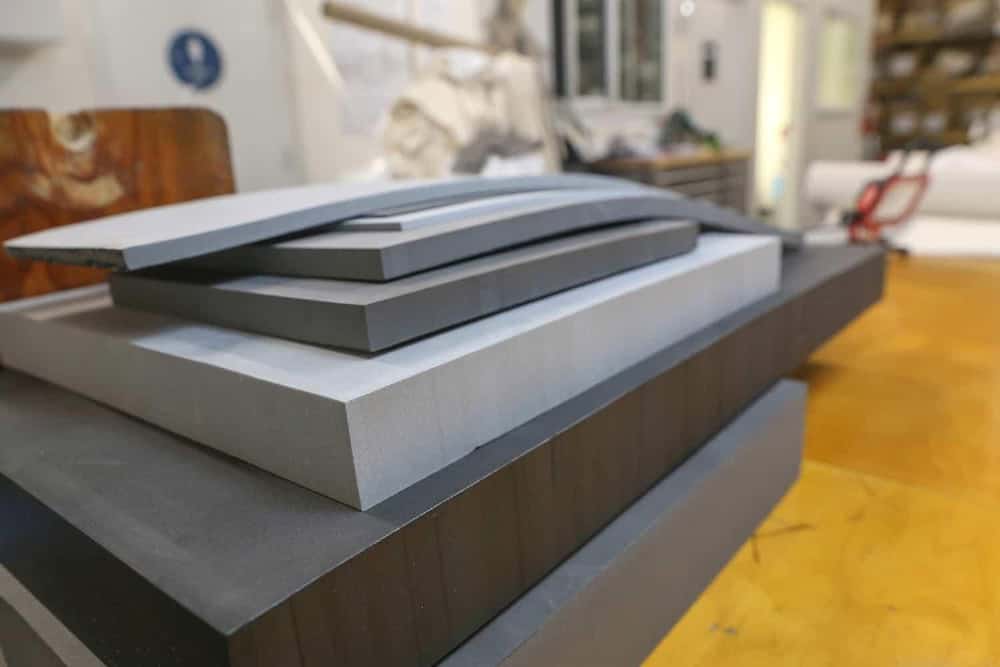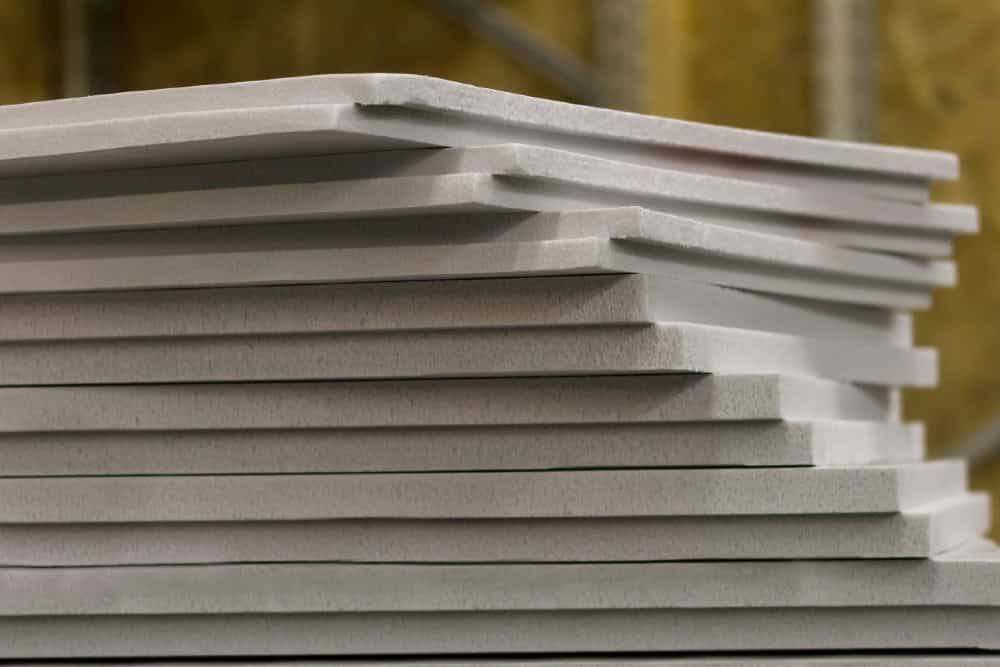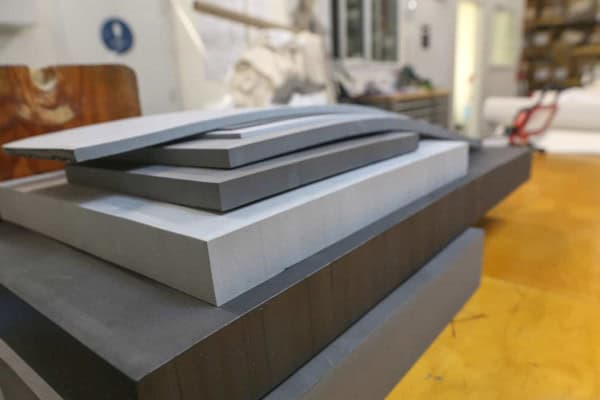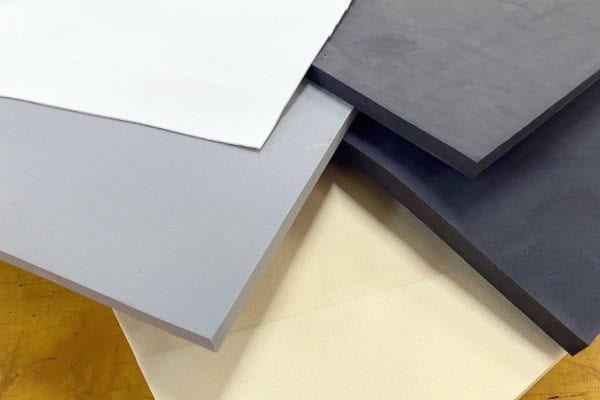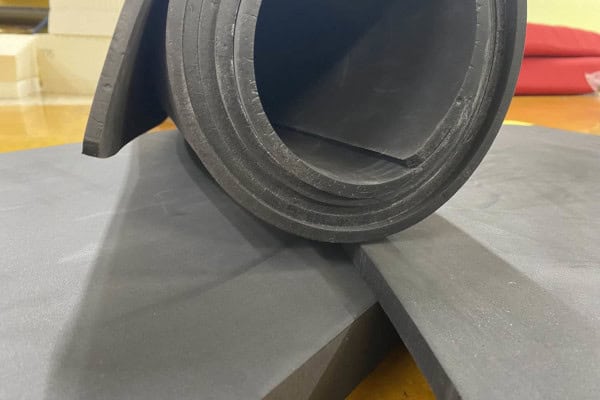The Cons of EVA Foam
EVA foam, while super helpful, has led to a growing concern about its environmental impact. Understanding these drawbacks is important if we want to make the most out of EVA foam while also protecting the planet:
EVA Foam is Non-Biodegradable: One of the most significant concerns surrounding EVA foam is its non-biodegradability. Once disposed of, EVA foam can remain in the environment for hundreds of years, which can contribute to pollution.
EVA Foam’s Production Process: The manufacturing process of EVA foam involves the use of petrochemicals, which are made of fossil fuels. This need for non-renewable resources to create EVA foam can contribute to carbon emissions and environmental degradation.
Recycling Challenges with EVA Foam: While recycling is an option, it‘s not without its challenges. Recycling EVA foam is intricate and expensive. Moreover, recycled EVA foam often has limited applications and a lower quality when compared to brand-new foam, which makes it less valuable as a sustainable solution. Although there are efforts to improve the recycling process, mainstream facilities often don‘t accept EVA foam due to its complex composition.
Toxic Additives: Certain types of EVA foam may contain toxic additives such as plasticizers, flame retardants and stabilizers. These additives can leach into the environment and pose risks to human health and ecosystems.
EVA Foam as a Landfill Burden: Due to its non-biodegradable nature and limited recycling options, EVA foam often ends up in landfills, worsening the problem of waste management and pollution. According to a study from the National Library of Medicine, some plastics like EVA foam can take up to three months before it even begins to slightly breakdown.
